You Are Now On The Radar Of An International Group Of Hackers is a message that may appear in browsers as a warning to the user that their online activity has caught the attention of a group of hackers with malicious intent. This message typically indicates that the user’s device or network may be vulnerable to cyber attacks, and that they should take immediate steps to secure their online accounts and data.
Being on the radar of an international group of hackers can be a serious threat to an individual or organization, as it means that their personal information, financial data, or other sensitive information may be at risk of being compromised. Hackers may attempt to gain unauthorized access to the user’s devices, steal their personal information, or launch other cyber attacks to cause harm or financial loss. It is important for users to take this warning seriously and take proactive steps to protect themselves against potential cyber threats.

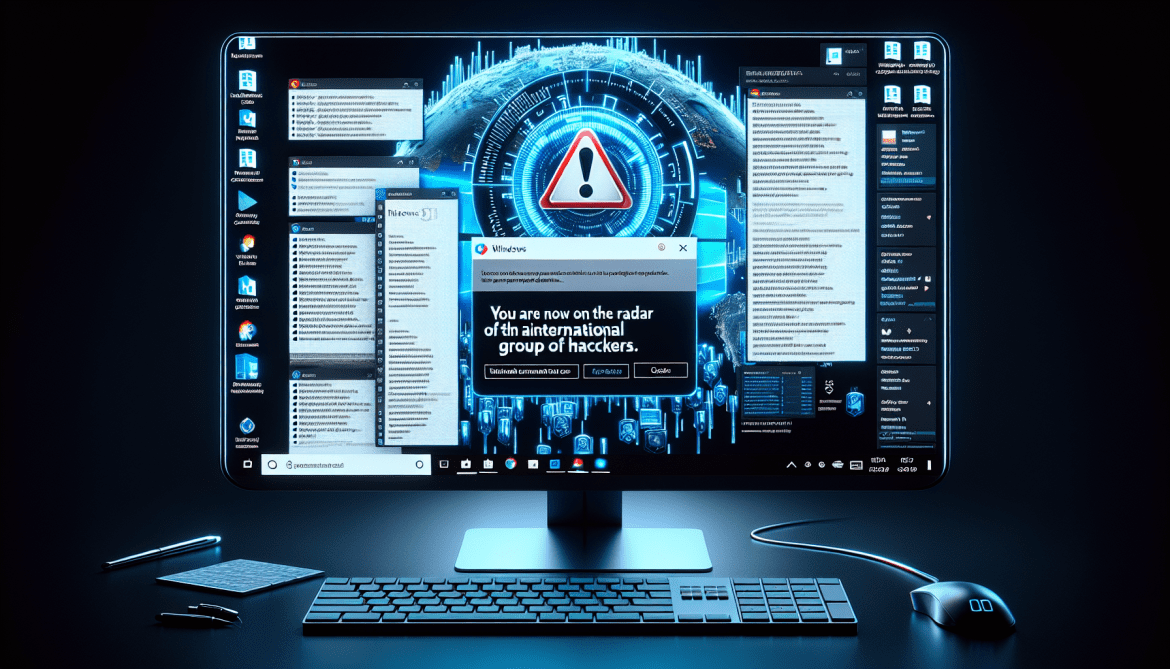

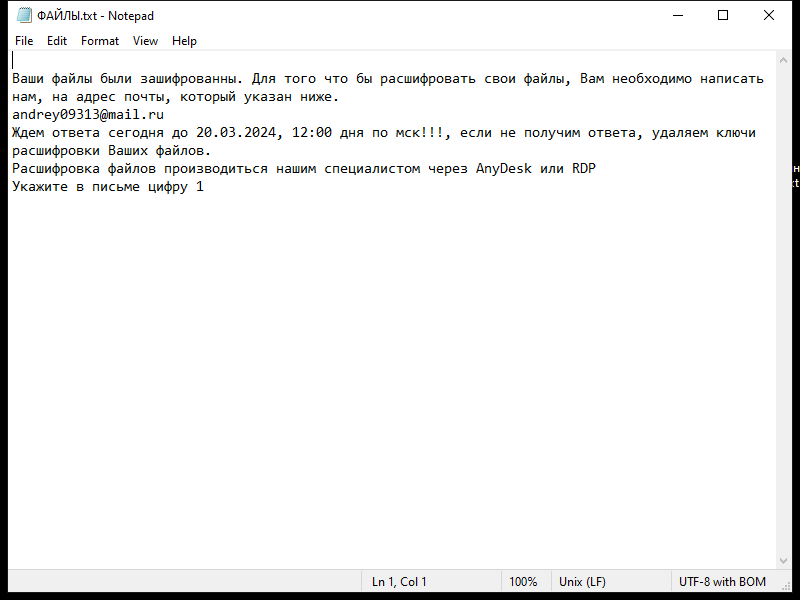
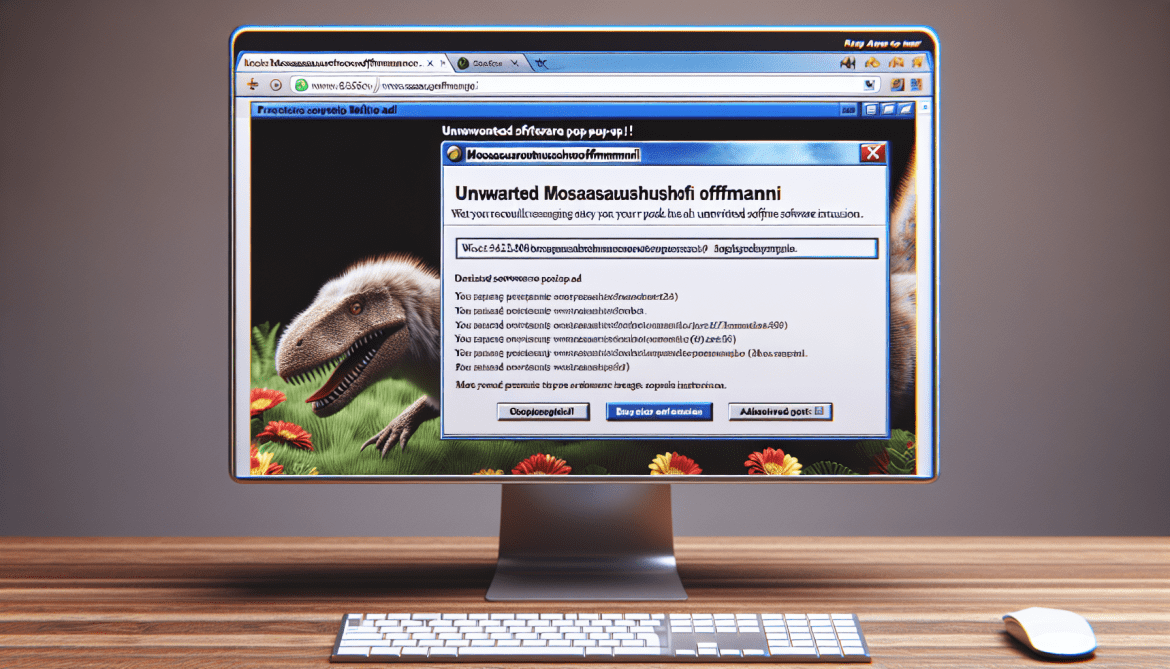
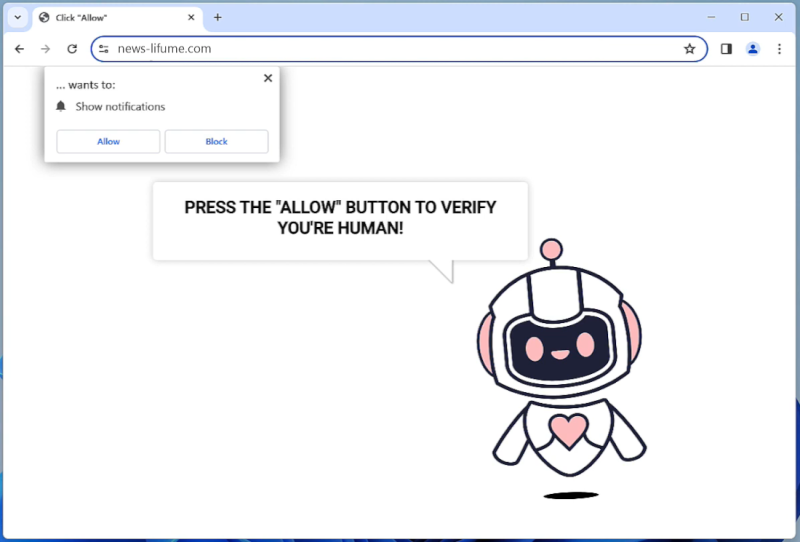
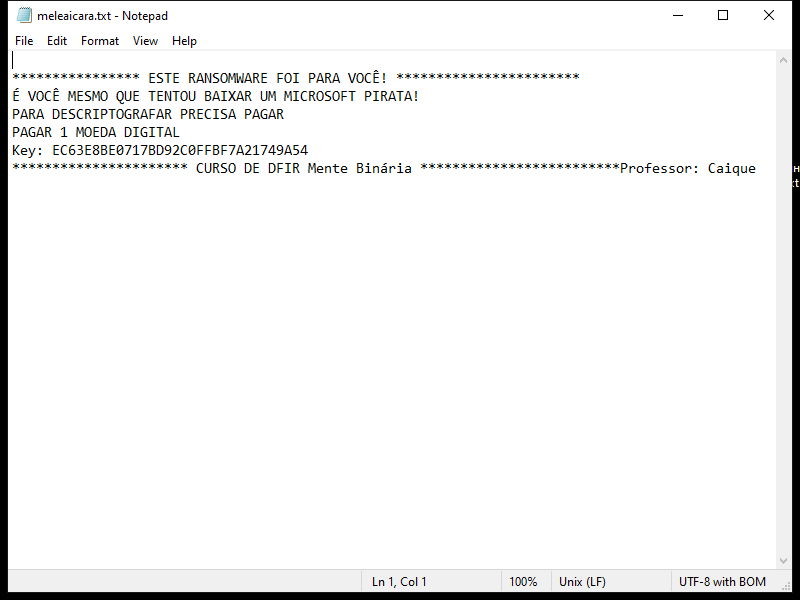
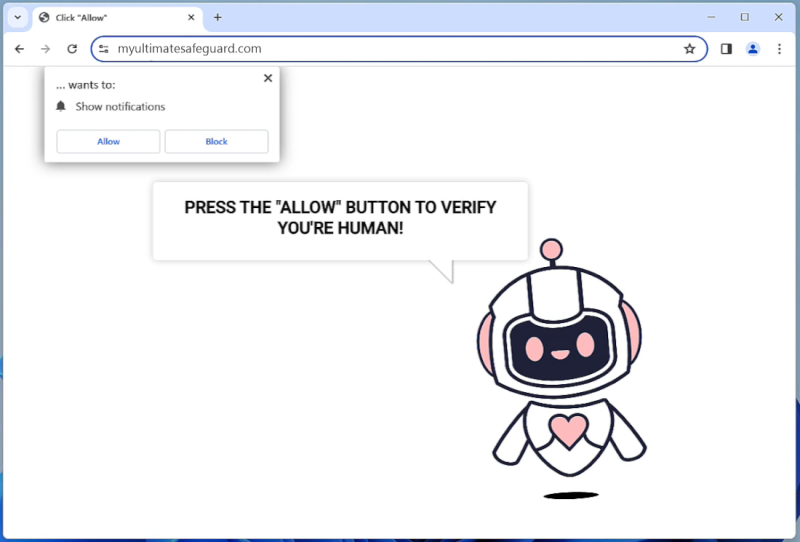
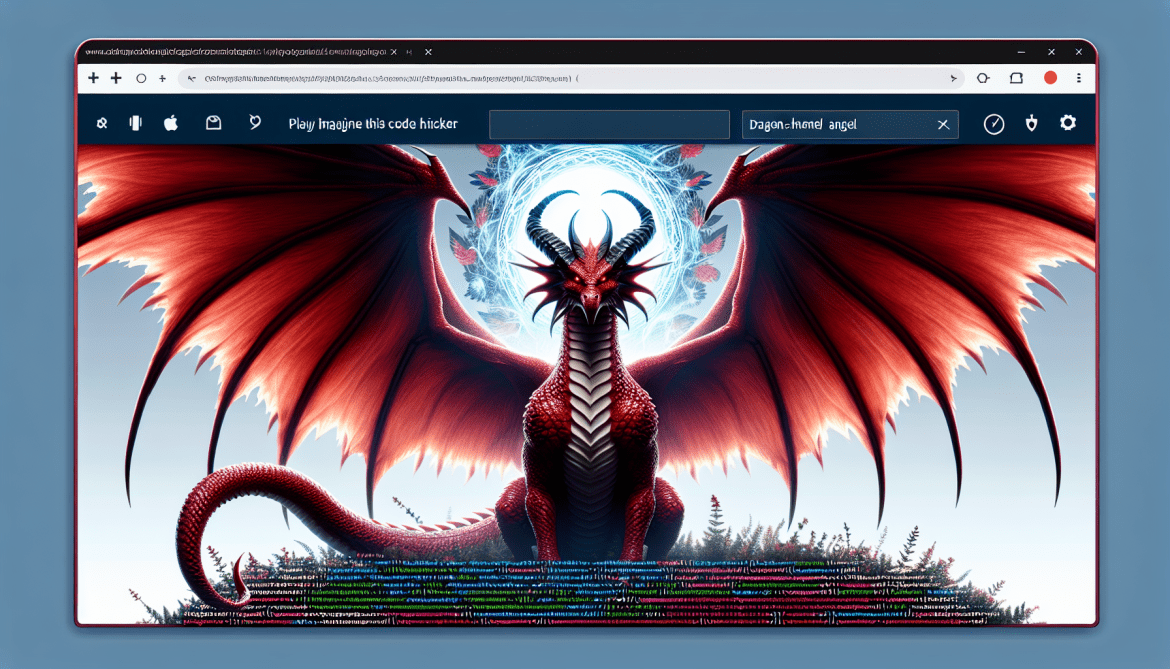
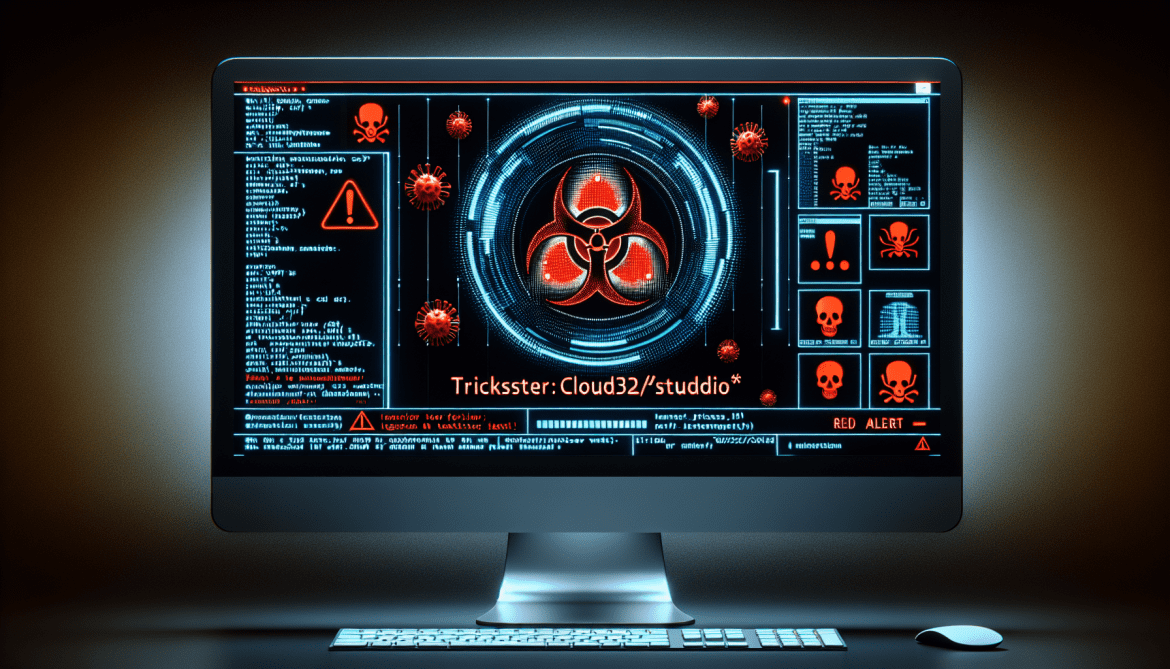
![How to remove Win32:Gepys-B [Trj]](https://malwarewarrior.com/wp-content/uploads/2024/03/win32-gepys-b-trj--1170x669.png)